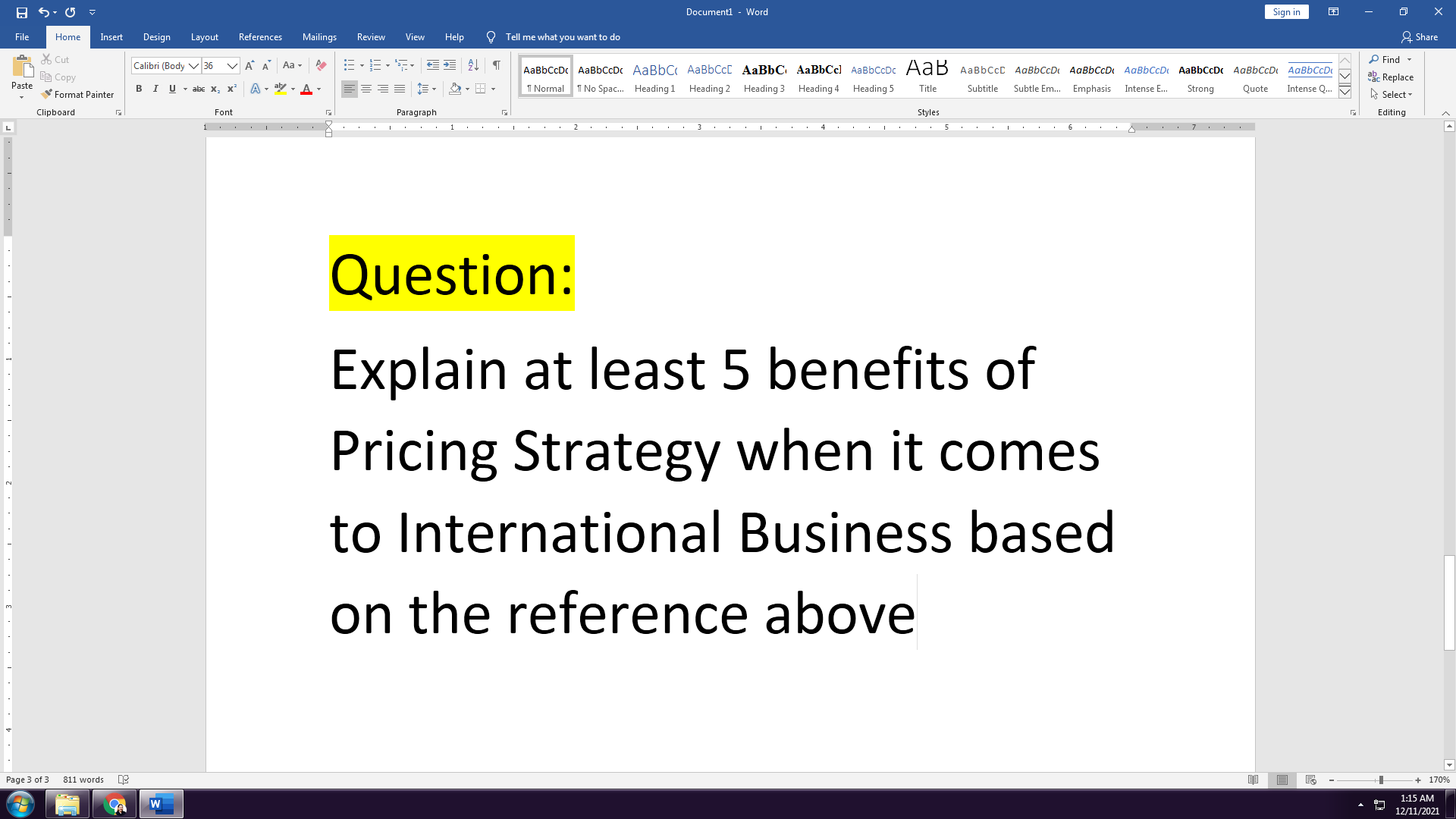Question
REFERENCE: List of the Advantages of a Promotional Pricing Strategy 1. This type of strategy increases a consumer's value perception. When customers go shopping, they
REFERENCE:
List of the Advantages of a Promotional Pricing Strategy
1. This type of strategy increases a consumer's value perception.
When customers go shopping, they are balancing the need they have for specific items with the cost of obtaining that item. Let's take the example of a shirt. If it is priced at $40, that might be more than they're willing to spend (or can afford) for that item, so they'll pass on it, even though they need it. With a promotional pricing strategy that takes 50% off that cost, making it $20, the value perception of the consumer is increased. That makes it more tempting to go through with the purchase.
2. It creates a pricing advantage compared to the competition.
Let's now say that there are three shirts of similar cut and style that the consumer is thinking about purchasing. One of them retails for $30 and is placed on the regular rack of clothes. Yours is priced at $20 (which is 50% off) and is placed on a sales rack which advertises this fact. Then there's a third shirt that is priced at $20 as well, but it is on the returns rack because someone didn't like the shirt and brought it back. With the promotional pricing strategy, your shirt becomes the most tempting target because it has a low cost and wasn't previously rejected by someone else.
3. There are low-cost marketing opportunities associated with this strategy.
For a small business, advanced marketing techniques to bring in new customers may be too expensive to include with their outreach plan. To create attention for their product, offering it at a discounted price can draw attention to the business and products being sold. You can even get customers to look at, or even purchase, items that are not on sale because they came to look at your discounted products. Although this hurts their bottom line, it is a more affordable way to market on a tight budget.
4. It may inspire revenue growth for the business.
One of the direct benefits of a promotional pricing strategy is that it will immediately drive better cashflows and revenue in short-term evaluation periods. If a company needs some fast cash to cover an immediate or short-term expense, then this strategy can get the job done. Promotional pricing strategies can also be used to take care of debt commitments, achieve steady revenue growth, and appease shareholders to generate long-term profitability.
5. This strategy may also improve consumer loyalty.
In 2012, JCPenney went with a program that they called "fair and square" pricing. Instead of offering a promotional pricing strategy, the retailer offered prices that were based on "everyday" pricing. In just one year, the company experienced a 13% drop in consumer traffic and saw sales plunge by 25%. Some customers have never returned to JCPenney after that quest to find a better pricing strategy was implemented. The bottom line is this: if a customer finds a great deal, then they'll come back to look for more great deals. Promotions create higher levels of consumer loyalty.
6. It is a way to introduce new customers to your products or services.
Instead of offering a free product trial, a discounted price is a way to introduce a new product or service to your customer demographics if there is uncertainty in their interest. You'll be able to offset some of your costs because consumers will be paying something to gain access to what you offer. If successful, these customers may refer others to your company, where there may be more interest in the full-price item later on. To be successful in this manner, it must be clearly communicated that your promotional pricing is for a limited time only.
7. Promotional pricing can create an urge to purchase through scarcity.
Consumers may look at your promotional pricing and decide to purchase because they understand that the lower price is only available for a limited time. This may help you "win" a purchase when your products or services would have been ignored otherwise. Many sales offer discounts on limited products as well, which enhances the feelings of scarcity for the consumer.
8. It can help you liquidate your older inventory.
If you carry inventory with your business, then having it carry over to the next tax year could have a negative impact on your company tax responsibilities. The costs of carrying that inventory over may be greater than if you sold some of those items at a steep discount. That's why you'll see this marketing strategy used near the end of the year with retailers. By reducing their inventory, they're reducing their tax liabilities, and that means consumers win because they get products they want at a discounted cost.

Step by Step Solution
There are 3 Steps involved in it
Step: 1

Get Instant Access to Expert-Tailored Solutions
See step-by-step solutions with expert insights and AI powered tools for academic success
Step: 2

Step: 3

Ace Your Homework with AI
Get the answers you need in no time with our AI-driven, step-by-step assistance
Get Started


